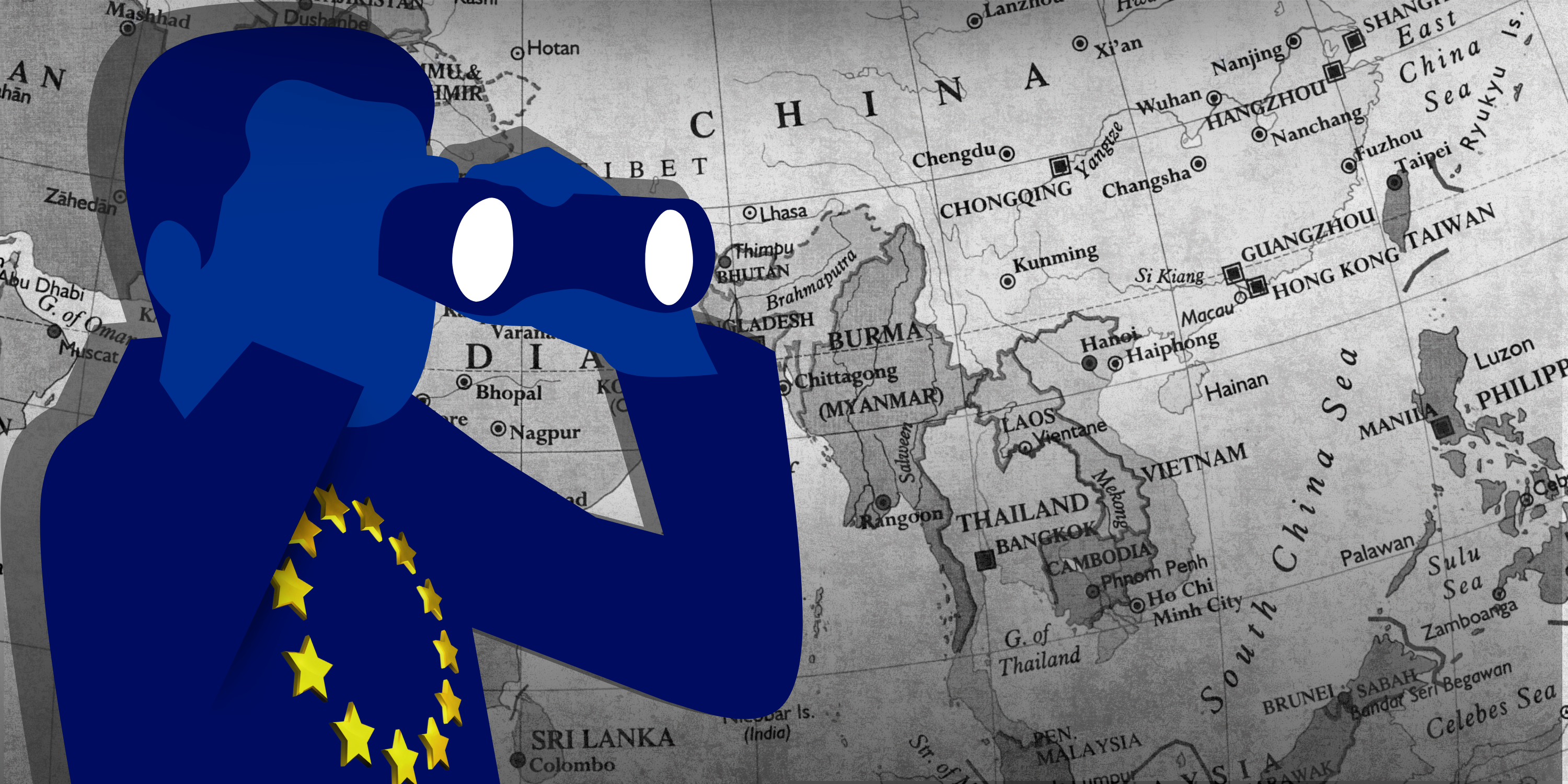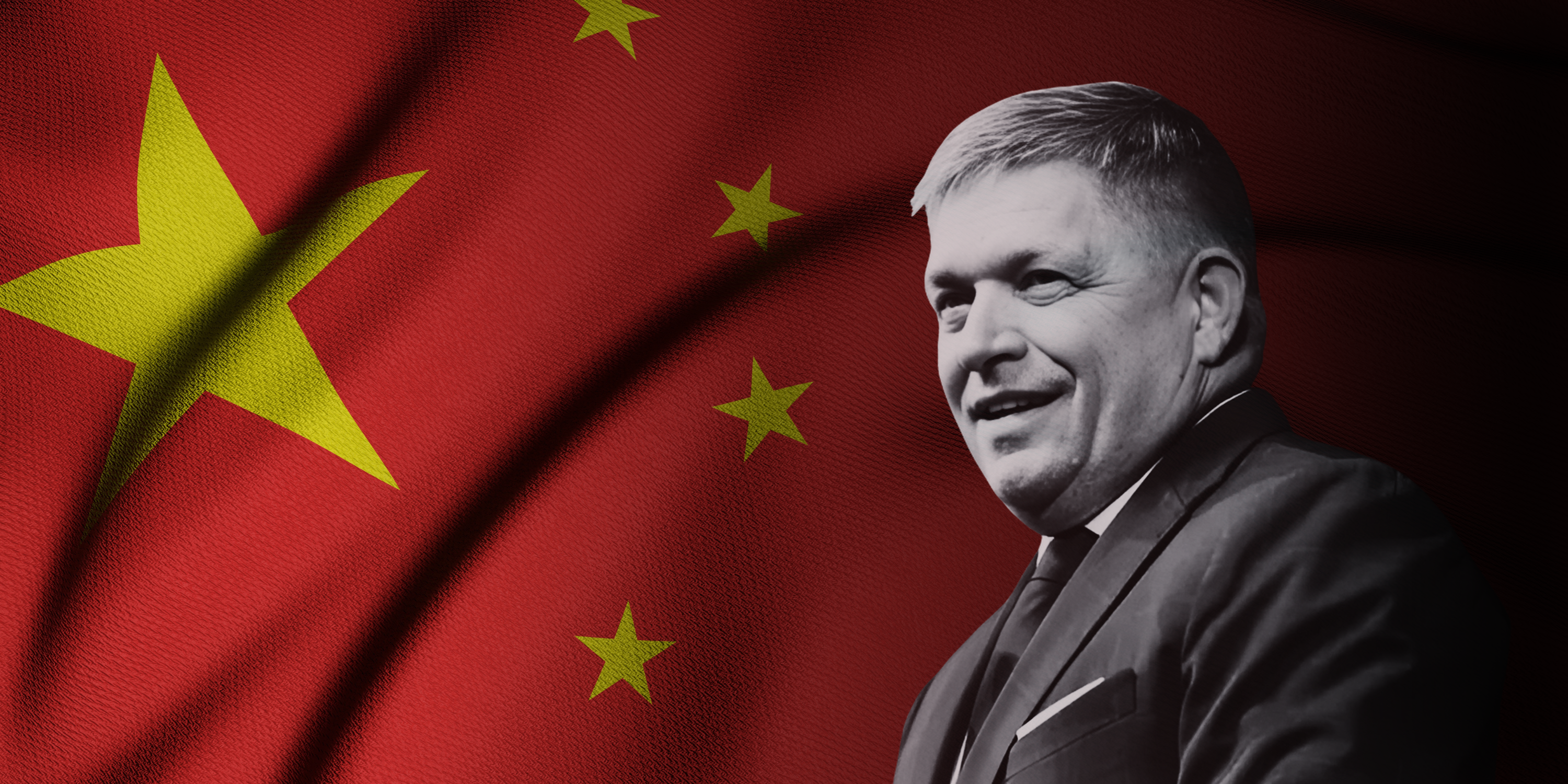There are structural reasons why foreign influences on Austrian universities or academia, in general, are very limited, if they exist at all. First, public university budgets are allocated by the federal government. They generally do not have to generate their own income, although external (public) research funding on the national, European Union, and international levels are always welcome. Second, there is no reliance on student fees as a source of revenue. Studying at Austrian public universities is free of charge for Austrian and EU citizens, while those outside the EU and the European Economic Area pay a maximum of €1500 per study year. Thus, the Austrian universities are not dependent on any major source country for international students, as is the case in the Anglo-Saxon countries. Third, even though the universities apply for external funding and cooperation, there is no sponsoring culture, e.g., of academic chairs, which further limits external influences from other governments, businesses or private individuals.
Austria has no Freedom of Information Act; thus, the universities were not obliged to answer questions about their relations with their Chinese counterparts. However, much of the data is publicly available on university and governmental websites, notably concerning the nature of the (strategic) partnerships as well as the number of outgoing students to China and incoming students from China (or at least Asia more generally). Moreover, staff members of the universities’ International Offices were extremely helpful and provided additional information, helping us to make sense of the collected data. For this, we conducted online interviews with five universities, representative of the 22 public universities in Austria (16 general and specialized universities and six universities of the arts).
Academic Cooperation
There is only one Chinese Studies program in Austria, namely at the Department of East Asian Studies at the University of Vienna. The lack of Chinese speakers at other universities limits the amount of cooperation, even though it is, of course, not restricted to Sinologists or students of German from China.
A clear pattern is that the cooperation with China was established at most universities in the early 1980s and 1990s by Austrian academics, but only with selected Chinese counterparts. In the beginning, collaboration was based primarily on personal networks of full or associate professors. Many of these Austrian scholars contributed to the bilateral partnerships even after their retirement. Personal networks are still a vital driving force, but the importance of disciplinary networks has increased. To overcome backlash after the Tiananmen massacre, in the 1990s Chinese universities were increasingly interested and proactively seeking cooperation to break out of their international isolation, resulting in increased institutionalization of academic collaboration. In the early 2010s, our interview partners reported a decreasing interest in new partnerships from China, as the Chinese universities were at this time more interested in cooperating with higher-ranked Western universities. Conversely, the interest on the Austrian side increased in line with the optimistic public image of China’s vast market opportunities. Today, most Austrian universities receive only a few requests for cooperation from China. However, they are generally very selective (limited human and financial resources of the International Offices being one reason), especially regarding university-wide strategic partnerships. Personal contacts and prior cooperation experiences remain decisive factors in establishing new (limited) partnerships.
Guidelines on Cooperation with Authoritarian Regimes
There is a rising awareness of the authoritarian nature of China among university decision-makers. There is also increasing awareness among the broader population and media about the risks associated with closer collaboration with China. An important trigger seems to be the increasingly repressive Putin regime in Russia since it demonstrates the danger of cooperating with authoritarian regimes in general and in academia in particular. However, no university has a specific China monitoring program in place. In some instances, the Austrian universities added explicit references to academic freedom in MOUs and cooperation agreements with their Chinese counterparts. As the government has yet to implement formal policies, these cooperation agreements represent an example of a bottom-up approach to defining suitable practices in academic cooperation with China.
Confucius Institutes
Austria hosts only two Confucius Institutes (CI): one at the University of Vienna (since 2006) and the other at the University of Graz (since 2010). Each offers Chinese courses and organizes cultural events for academic staff and the general public. Both Austrian and Chinese (temporary) staff (the latter are paid by the Chinese partner institution) hold regular Mandarin courses in the Chinese Studies section of the Department of East Asian Studies at the University of Vienna. University of Vienna staff maintains a majority in the CI’s decision-making board. In addition to Mandarin courses, CI Graz offerseven more cultural events than CI Vienna. CI Graz has one CI Classroom (in Weiz, a city in Styria) and actively supports university staff in establishing partnerships with Chinese universities.
From 1999 until May 2022, a China Studies Center operated through the Paris Lodron University Salzburg. Like a CI, it offered language courses and classes, hosted events on cultural and regional issues, and supported academic staff interested in collaboration with Chinese institutions. The Center is currently being integrated into a larger Asia Center at the university. Contrary to CIs, however, the center was founded independently of a Chinese partner. In addition, to the Division of Chinese Studies at University of Vienna and the two CIs, there exist some private language centers offering students, but also the broad public Mandarin courses.
Academic interactions
In general, Austrian universities maintain university-to-university, faculty-to-faculty, department-to-department partnerships, and formalized relations, with few of them being labeled as ‘strategic’. The University of Vienna, with more than 90,000 students, by far the largest university in Austria, has five strategic partnerships, two of which are with Chinese universities in Fudan University and Peking University (both since 2019; but limited activities due to the COVID-19 pandemic).
Cooperation with China tends not to be very close, with no major money flows between Austria and China due to the nature of Austria’s university system. The number of positions in study exchange programs is severely limited, usually only accepting one to three students per year. However, this is partly due to the language barrier between incoming and outgoing students. Such limited interactions become apparent when comparing Austrian engagements with Asia as a whole, as several universities have more partners in Japan or South Korea than in China (even the University of Vienna).
There are a few collaborative agreements between Austrian universities and Chinese state-owned or private companies. For instance, in 2015 the Sino-Austrian Electronic Technology Innovation Center (SAETIC) was established by the Graz University of Technology and the China Electronics Technology Group Corporation, a large state-owned enterprise. The first joint project examined smart water management. Leading technology companies such as ZTE and Huawei are also cooperation partners, notably of the Vienna University of Technology. In February 2022, Huawei announced to offer 44 digitalization stipends to University of Technology students.
Approximately half of all the identified links are with Chinese universities linked to the PLA, per the ASPI China Defence University Tracker. Of these, 16 are with either high or very high risk universities. However, it is difficult to obtain data on specific collaborative projects. The focus of the cooperation is on student exchange. Although the findings show that there is de facto no Chinese influence on Austrian universities, there remain some inherent risks related to knowledge and technology transfer through institutionalized cooperation.
An example of risks associated with academic cooperation with China is the collaboration in the field of quantum physics, notably quantum teleportation. As part of a bilateral, publicly funded Sino-Austrian research program, Anton Zeilinger, a renowned Austrian physicist, and his Chinese counterparts cooperated closely since the late 1990s. His former Chinese PhD student Jian-Wei Pan, now Vice-President of the University of Science and Technology of China, worked in Austria. However, because Zeilinger did not receive sufficient funding from Austria or the EU, he has been conducting sensitive experiments on quantum communications in China since 2017 with partners from the Chinese Academy of Sciences and the University of Science and Technology of China (a medium risk entity linked to PLA, pre ASPI Defence University Tracker).
This experience highlights how lack of funding and/or its over-bureaucratization in the EU opens new avenues for China’s inroads into European academia, potentially leading to transfers of dual-use technology.
Chinese student exchange programs and foreign student populations are likely to remain limited as Austrian universities have no financial incentives for development in this field. At the University of Vienna, for example, only about 1% of non-Austrian regular students are Chinese (only 0.3% of total students). Nearly half of these are PhD students. In terms of student mobility, China is likewise not a major market for Austrian universities: 2-3% of all outgoing students go to China; 5-6% of incoming mobility students come from China. With the previously mentioned absence of significant student fees, this lack of economic incentives becomes very apparent.
A unique platform for academics working at Austrian universities to establish contacts with their Chinese counterparts or deepen existing networks is Eurasia-Pacific Uninet (EPU). EPU is a network of higher education institutions financed by the Austrian Ministry for Science and Education. It provides funding for short-term mobilities (usually one to four weeks); it covers the flight and per diem (c. €150). Most Austrian and 64 Chinese universities (and three from Hong Kong), but also Taiwanese, Central Asian, Russian and Japanese universities are members of EPU and can therefore send their staff to Austria (or other EPU member countries) or host EPU colleagues from any member countries. There are a few dozen mobilities between Austria and China per year organized by EPU in addition to the bilateral university programs. Some collaborative projects started with an EPU mobility grant to build mutual trust.







